BOSSCO PS-5 Super Shifter User manual




















Table of contents
Other BOSSCO Music Pedal manuals

BOSSCO
BOSSCO XT-2 Xtortion User manual
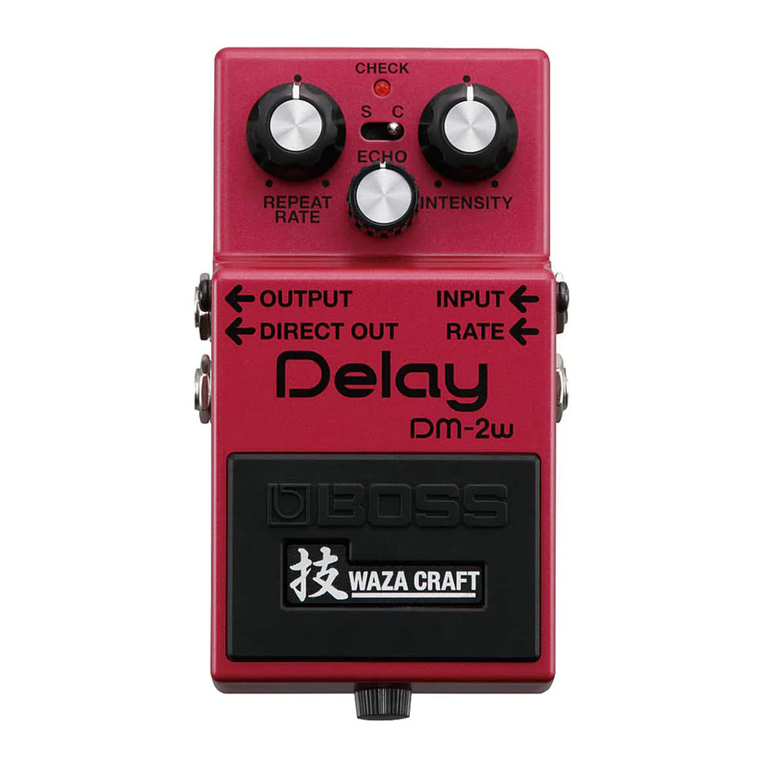
BOSSCO
BOSSCO WAZA CRAFT Delay User manual

BOSSCO
BOSSCO SYB-3 User manual

BOSSCO
BOSSCO GL-100 User manual

BOSSCO
BOSSCO ME-5 User manual
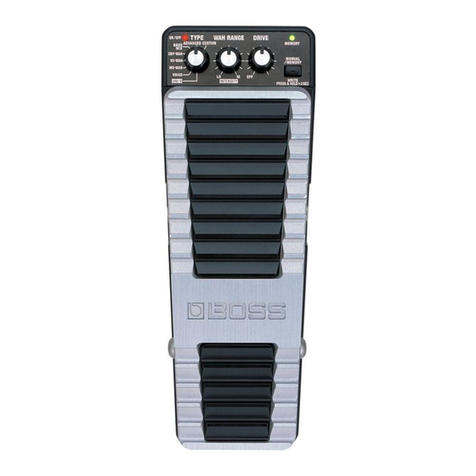
BOSSCO
BOSSCO V-Wah PW-10 User manual
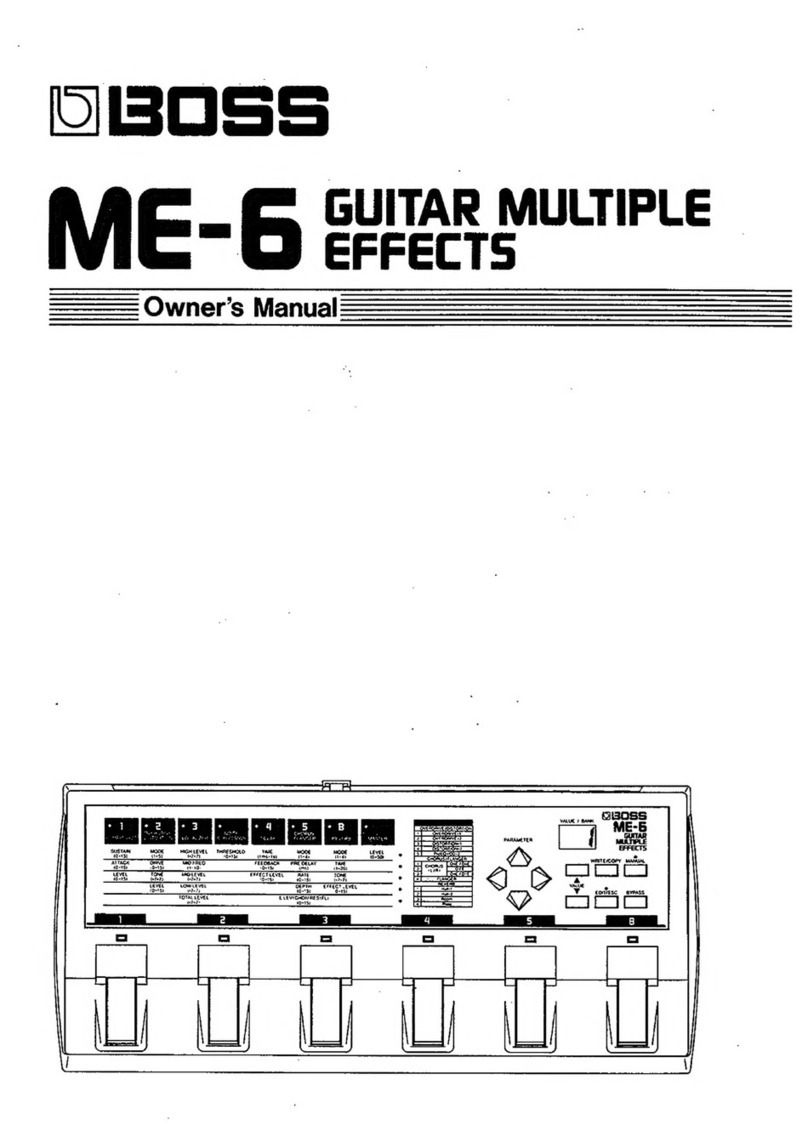
BOSSCO
BOSSCO ME 6 User manual
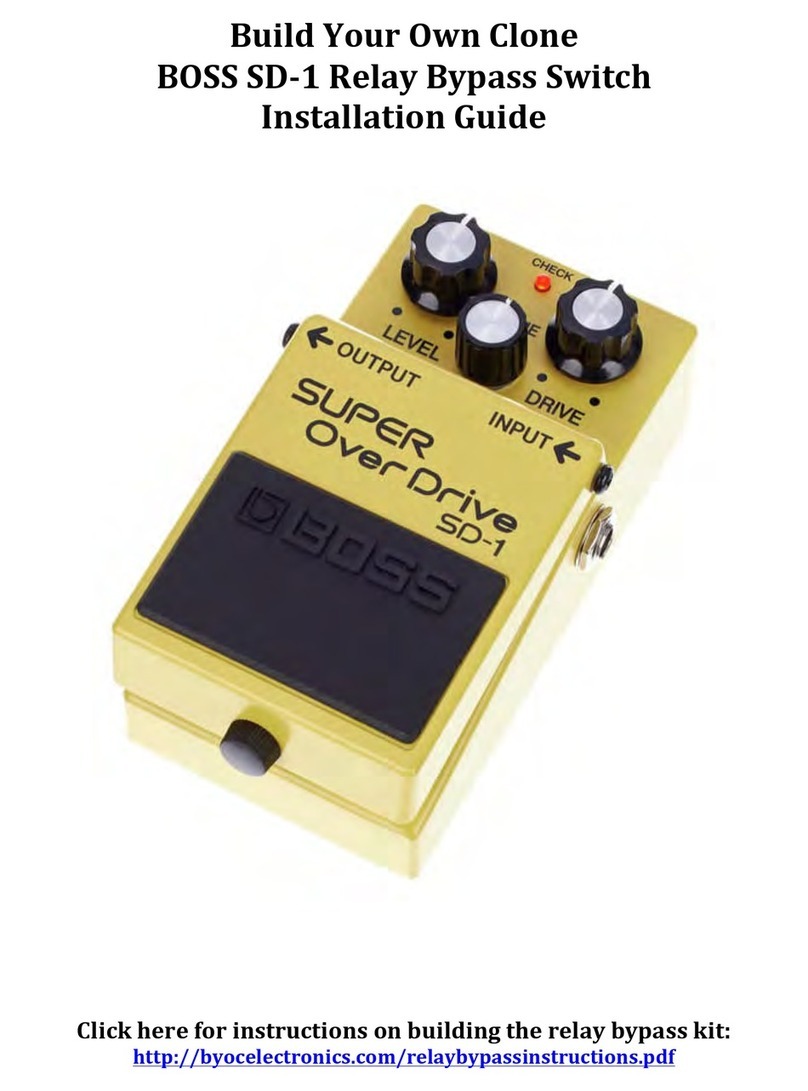
BOSSCO
BOSSCO SD-1 User manual

BOSSCO
BOSSCO OC-2 Octaver User manual
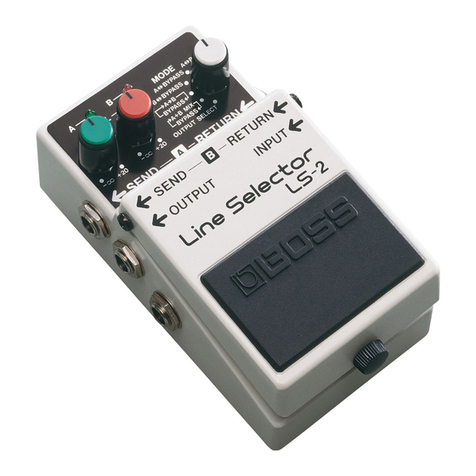
BOSSCO
BOSSCO LS-2 User manual

BOSSCO
BOSSCO TU-2 Chromatic Tuner User manual

BOSSCO
BOSSCO AW-3 Dynamic Wah User manual
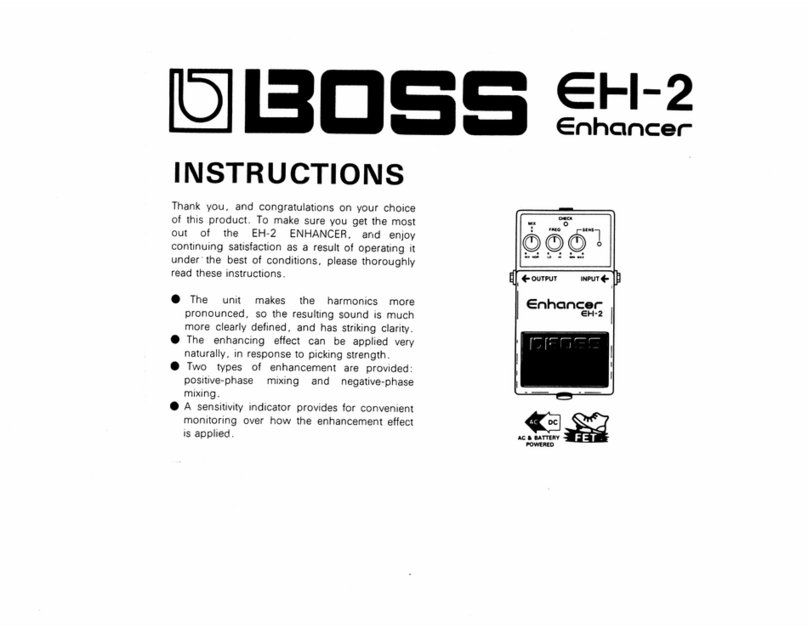
BOSSCO
BOSSCO EH-2 Enchancer User manual
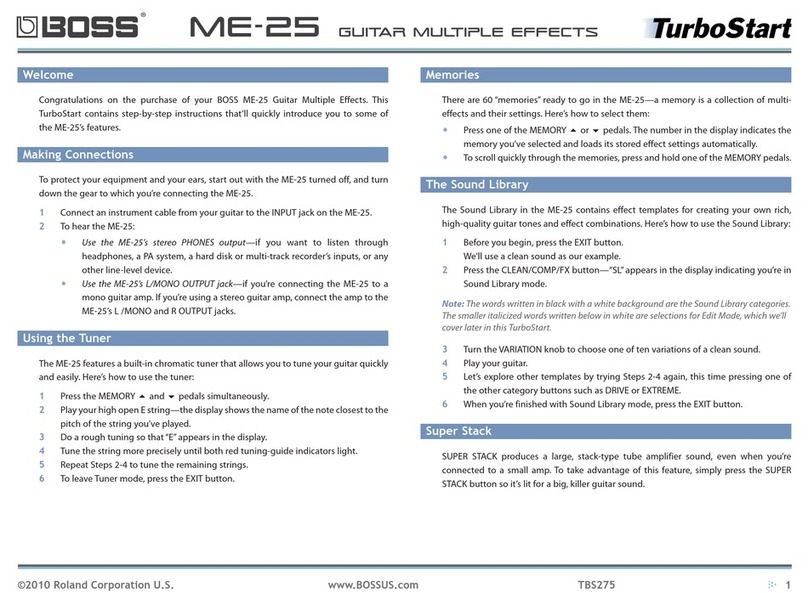
BOSSCO
BOSSCO ME-25 User manual

BOSSCO
BOSSCO MD500 User manual
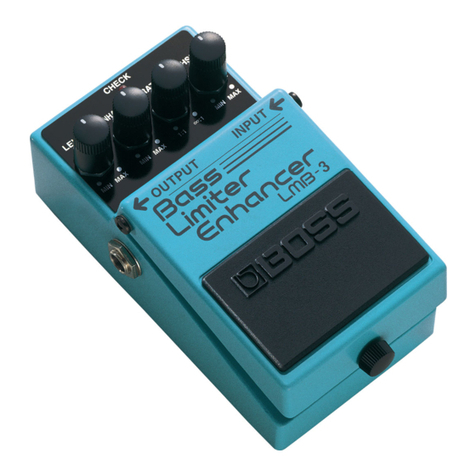
BOSSCO
BOSSCO LMB-3 User manual
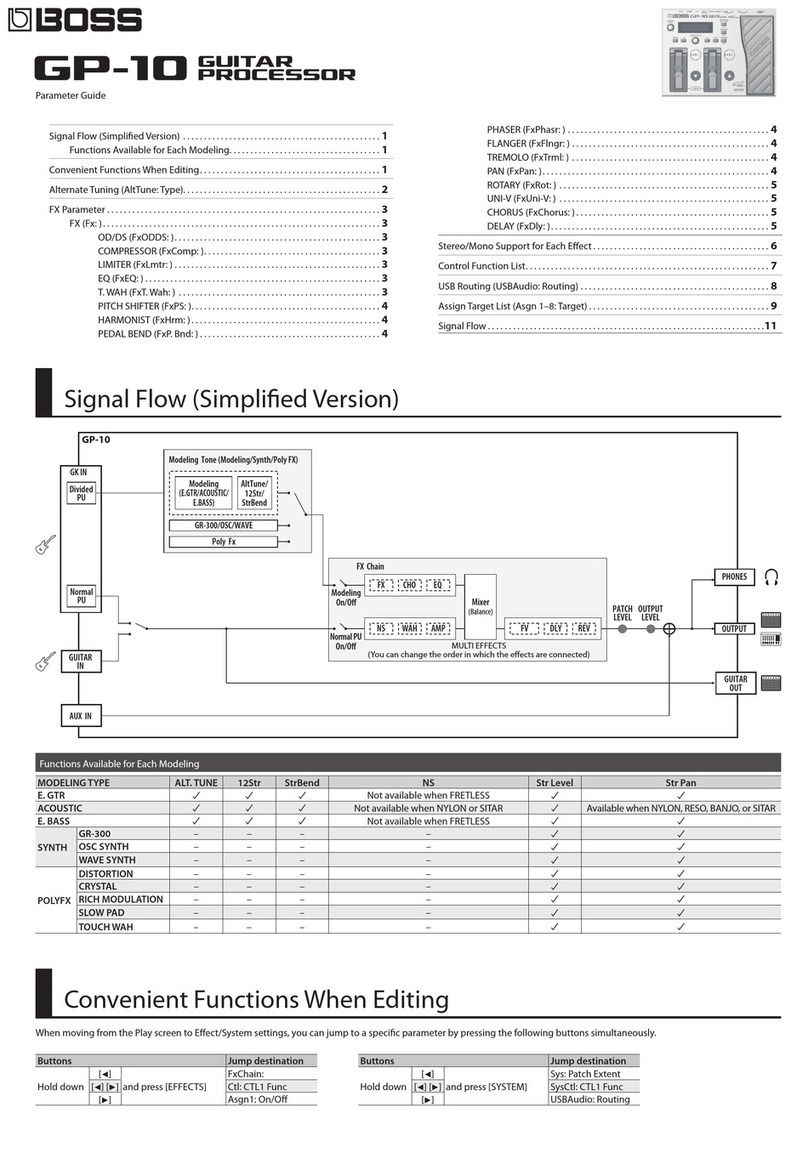
BOSSCO
BOSSCO GP-10 User manual

BOSSCO
BOSSCO FT-2 User manual

BOSSCO
BOSSCO Foot Volume FV-500H User manual
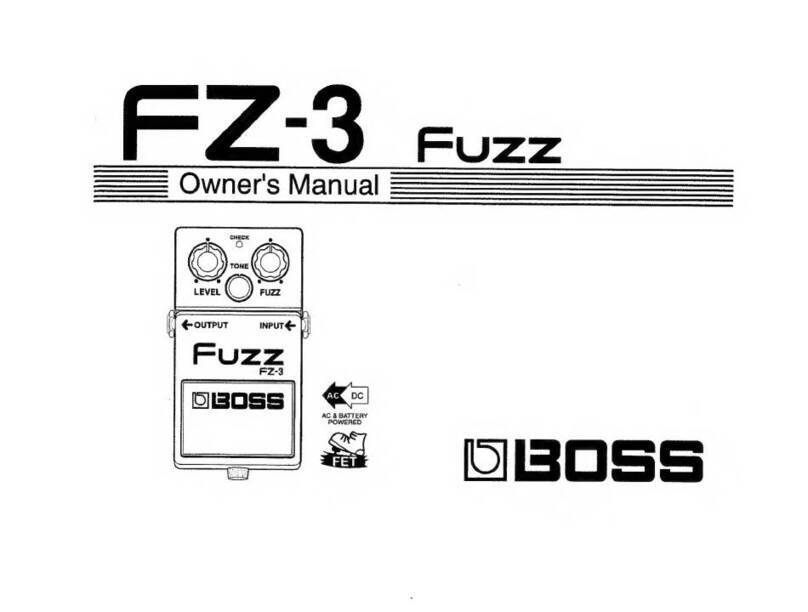
BOSSCO
BOSSCO Fuzz FZ-3 User manual
Popular Music Pedal manuals by other brands
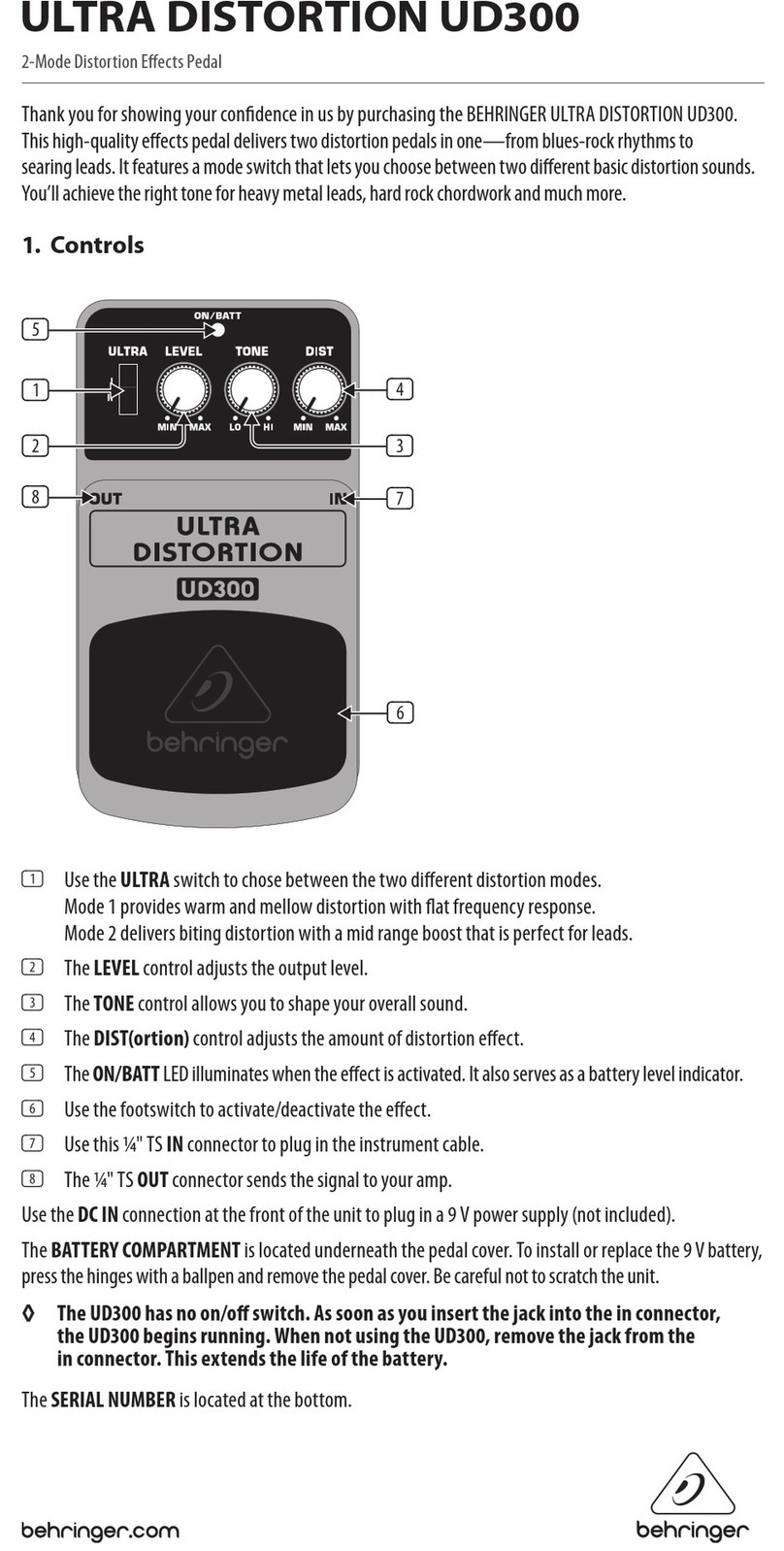
Behringer
Behringer ULTRA DISTORTION UD300 manual

SKB
SKB Stage five PS-55 owner's manual
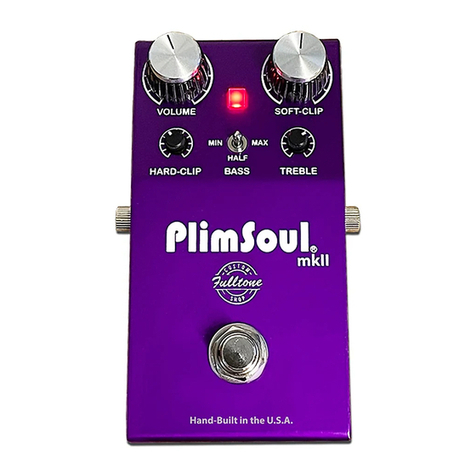
Fulltone Musical Products
Fulltone Musical Products PlimSoul MKII owner's manual
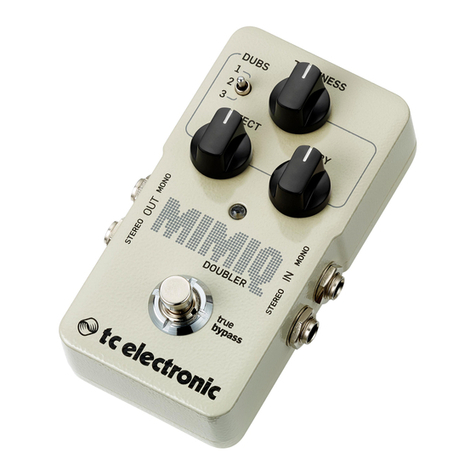
TC Electronic
TC Electronic Mimiq Doubler user manual

EarthQuaker Devices
EarthQuaker Devices Acapulco Gold Operation manual
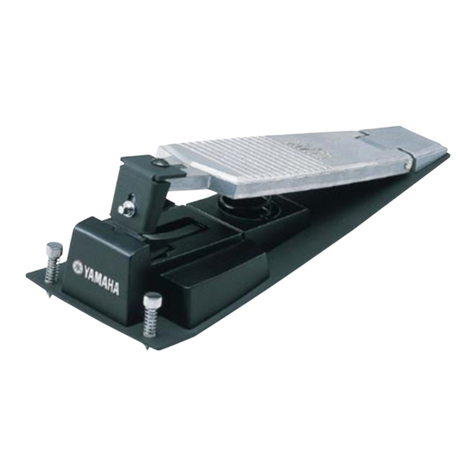
Yamaha
Yamaha HH60 Service manual
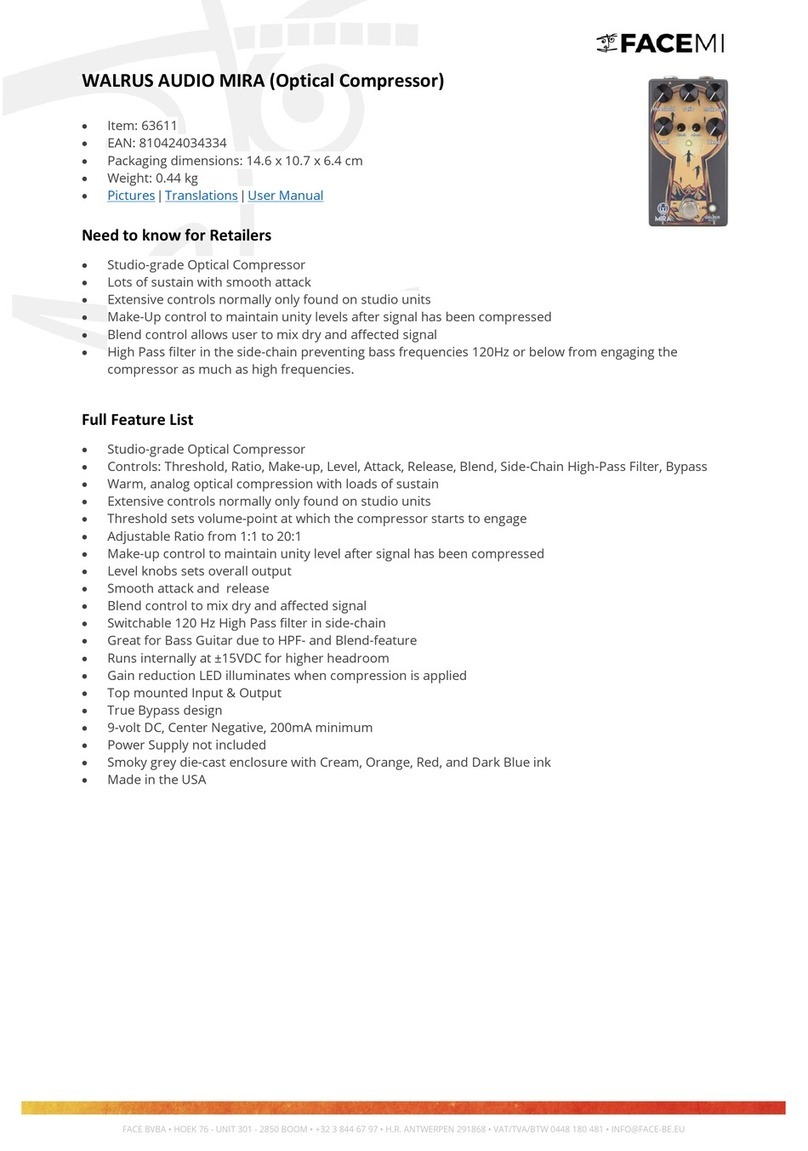
FACEMI
FACEMI WALRUS AUDIO MIRA manual
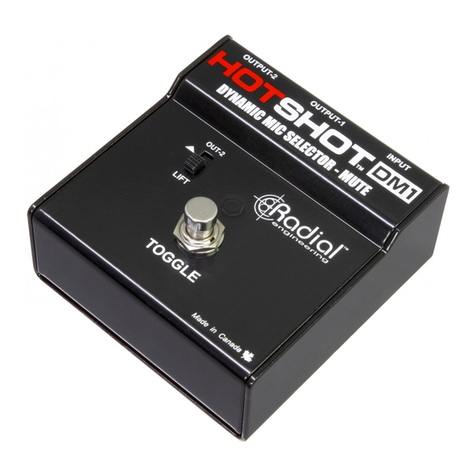
Radial Engineering
Radial Engineering HotShot DM1 owner's manual
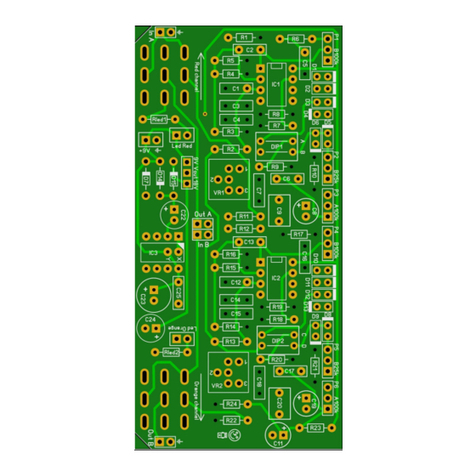
Lithium Grim
Lithium Grim Sultan of Tone Building instructions

Fishman
Fishman AURA ACOUSTIC IMAGING PEDAL user guide
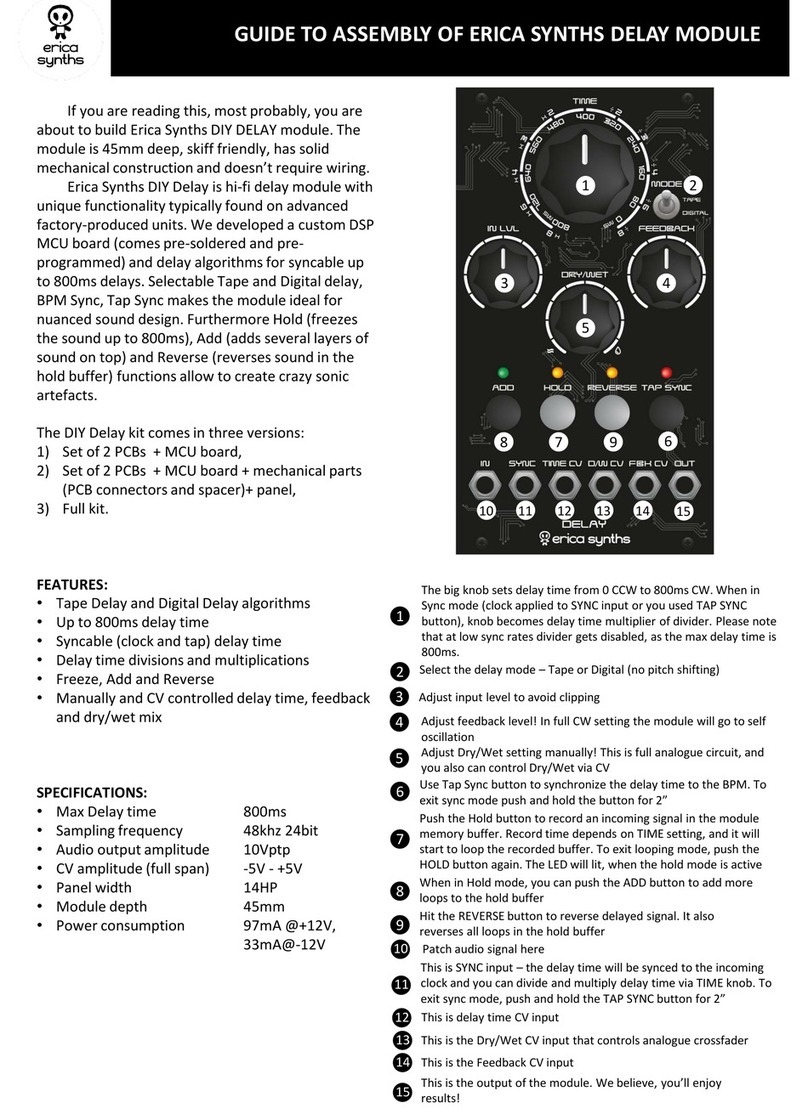
Erica Synths
Erica Synths DELAY Assembly guide
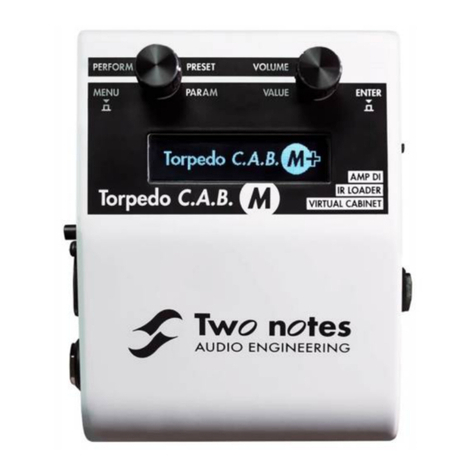
Two notes Audio Engineering
Two notes Audio Engineering Torpedo C.A.B. M+ user manual

EarthQuaker Devices
EarthQuaker Devices Gray Channel Operation manual

Strymon
Strymon NIGHTSKY quick start guide
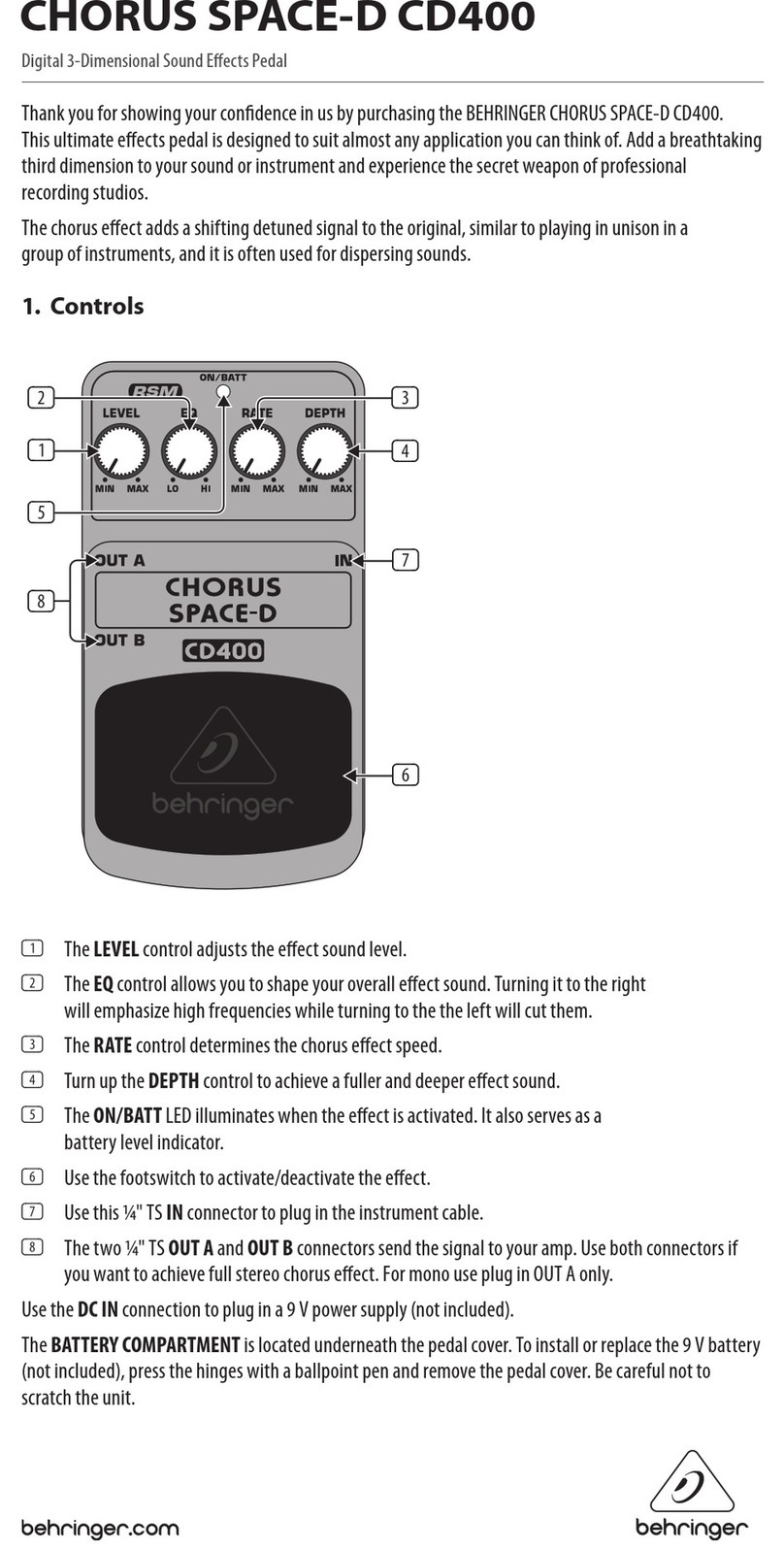
Behringer
Behringer CHORUS SPACE-D CD400 manual

Rocktron
Rocktron TRU-BYPSASS Black Rose Octaver instruction manual

MORLEY
MORLEY PWV owner's manual
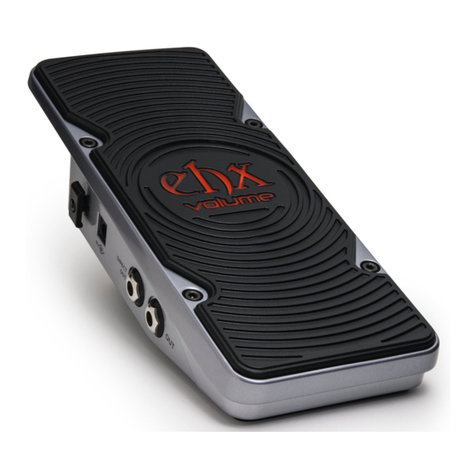
Electro-Harmonix
Electro-Harmonix NEXT STEP Series quick start guide



